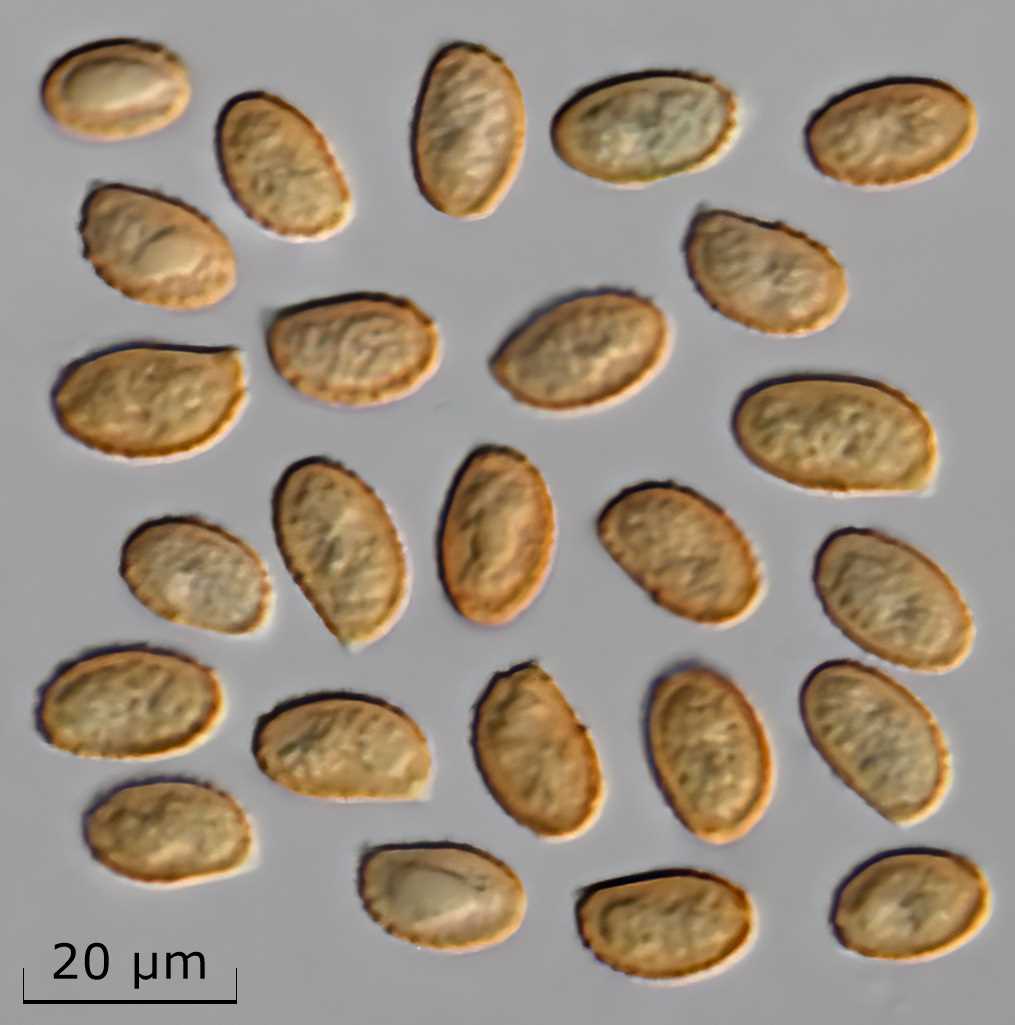Gymnopilus on:
[Wikipedia]
[Google]
[Amazon]
''Gymnopilus'' is a

genus
Genus (; : genera ) is a taxonomic rank above species and below family (taxonomy), family as used in the biological classification of extant taxon, living and fossil organisms as well as Virus classification#ICTV classification, viruses. In bino ...
of gilled mushrooms within the fungal
A fungus (: fungi , , , or ; or funguses) is any member of the group of eukaryotic organisms that includes microorganisms such as yeasts and molds, as well as the more familiar mushrooms. These organisms are classified as one of the tradit ...
family Hymenogastraceae
The Hymenogastraceae is a family of fungi in the order Agaricales with both agaric and false-truffle shaped fruitbodies. Formerly, prior to molecular analyses, the family was restricted to the false-truffle genera. The mushroom genus '' Psilo ...
containing over 200 rusty-orange spored mushroom species.
Description
The fruit body is typically reddish brown to rusty orange to yellow, medium to large, often with a well-developedveil
A veil is an article of clothing or hanging cloth that is intended to cover some part of the human head, head or face, or an object of some significance. Veiling has a long history in European, Asian, and African societies. The practice has be ...
.
Similar genera
Members of '' Pholiota'' and '' Cortinarius'' are easy to confuse with ''Gymnopilus''. ''Pholiota'' can be distinguished by its viscid cap and duller (brown to cinnamon brown) spores, and ''Cortinarius'' grows on the ground. Beginners can confuse ''Gymnopilus'' with '' Galerina'', which contains deadly poisonous species.Taxonomy
''Gymnopilus'' was formerly divided among '' Pholiota'' and the defunct genus ''Flammula''. The genus has over 200 species worldwide.
Psychoactive species
Fourteen members of ''Gymnopilus'' containpsilocybin
Psilocybin, also known as 4-phosphoryloxy-''N'',''N''-dimethyltryptamine (4-PO-DMT), is a natural product, naturally occurring tryptamine alkaloid and Investigational New Drug, investigational drug found in more than List of psilocybin mushroom ...
, although their bitter taste often deters recreational users. These species include '' G. aeruginosus'', '' G. braendlei'', '' G. cyanopalmicola'', '' G. dilepis'','' G. intermedius'', '' G. junonius'', '' G. luteofolius'', '' G. luteoviridis'', '' G. luteus'', '' G. purpuratus'', '' G. subearlei'', '' G. subpurpuratus'', '' G. validipes'' and '' G. viridans''. Subspecies of ''G. junonius'' from Japan
Japan is an island country in East Asia. Located in the Pacific Ocean off the northeast coast of the Asia, Asian mainland, it is bordered on the west by the Sea of Japan and extends from the Sea of Okhotsk in the north to the East China Sea ...
are reported to contain psilocybin, while some western North American members do not.
Several species of ''Gymnopilus'' contain bis-noryangonin -hydroxy-6-(4-hydrostyryl)-2-pyroneand hispidine -hydroxy-6-(3,4-dihydroxystyryl)-2-pyrone which are closely related to the alpha-pyrones found in kava
Kava or kava kava (''Piper methysticum'': Latin 'pepper' and Latinized Ancient Greek, Greek 'intoxicating') is a plant in the Piperaceae, pepper family, native to the Pacific Islands. The name ''kava'' is from Tongan language, Tongan and Marqu ...
.
Phylogeny
A 2003phylogenetic
In biology, phylogenetics () is the study of the evolutionary history of life using observable characteristics of organisms (or genes), which is known as phylogenetic inference. It infers the relationship among organisms based on empirical dat ...
study identified five well-supported clades
In biology, a clade (), also known as a monophyletic group or natural group, is a group of organisms that is composed of a common ancestor and all of its descendants. Clades are the fundamental unit of cladistics, a modern approach to taxonomy ...
within ''Gymnopilus'':
# the spectabilis-imperialis group
# nevadensis-penetrans group
# a clade formed by ''G. underwoodii'', ''G. validipes'' and ''G.'' cf. ''flavidellus''
# aeruginosus-luteofolius group
# lepidotus-subearlei group
Although the genus ''Gymnopilus'' was found to be monophyletic
In biological cladistics for the classification of organisms, monophyly is the condition of a taxonomic grouping being a clade – that is, a grouping of organisms which meets these criteria:
# the grouping contains its own most recent co ...
, the phylogenetically related groups do not support the traditional infrageneric classifications based on morphology.
Etymology
The name means ''naked pileus''.Habitat
Most members of ''Gymnopilus'' grow on wood but at times may appear terrestrial if the wood is buried or decomposed.References
*C.J. Alexopolous, Charles W. Mims, M. Blackwell et al., ''Introductory Mycology, 4th ed.'' (John Wiley and Sons, Hoboken NJ, 2004) * Hesler, L. R. (1969). North American species of ''Gymnopilus''. New York: Hafner. 117 pp. {{Authority control Agaricales genera